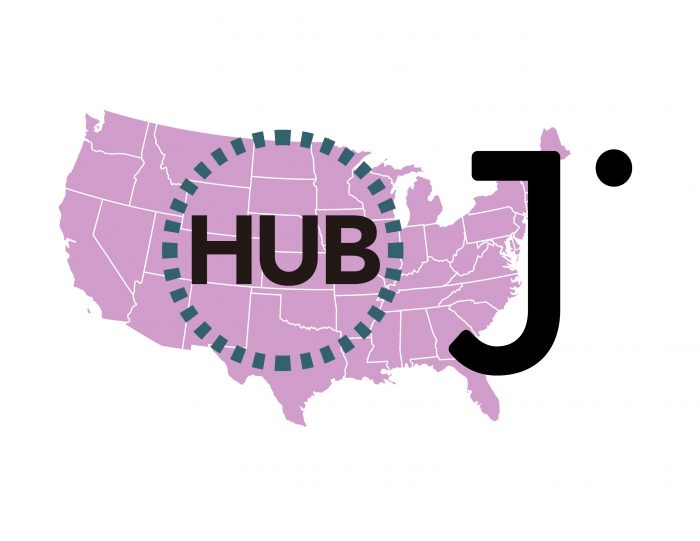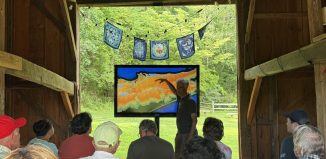SBU’s School of Journalism joins Solutions Journalism Network
Amid the sound and fury signifying nothing, to borrow from William Shakespeare, Stony Brook University’s School of Communication and Journalism has joined a national solutions journalism program.

That means the journalism school will teach its students how to do much more than complain or highlight issues or problems.
Instead, the school will teach developing journalists how to use data, tell compelling stories and search for answers to problems that are as broad and challenging as climate change and institutional racism, among others.
The solutions journalism hub is “going to help attract people to the field [and provide] a sense of learning from each other,” said Laura Lindenfeld, dean of the Journalism School. “I’m really proud that we’re the hub in the northeast.”
The other journalism hubs include the University of Georgia, Northwestern University and Arizona State University.
“These new hub universities are showing a serious commitment to leading this important work in their regions and nationally,” Francine Huff, Solutions Journalism Network’s director of journalism school partnerships, said in a statement. These four journalism schools have an amazing wealth of talent and resources, and the Solutions Journalism Network is excited to partner with them.”
While SJN provides no monetary gain to the schools, Lindenfeld would like to pursue fundraising around this designation.
Being a part of the solutions journalism network “signals to the community of journalism and foundations about what we care about and what we are about,” Lindenfeld said. “A tighter focus and mission is advantageous and genuine.”
Lindenfeld plans to have ongoing interactions with the other three hubs as a part of a learning community.
To be sure, the concept of using data and sharing compelling stories as a part of a solutions driven journalism effort isn’t new to SBU’s journalism effort.
“We were already doing a chunk of this,” Lindenfeld said. The designation ensures the school is more specifically focused on this, even as Stony Brook will still teach other forms of journalism. “It marks a commitment to making sure we are doing deep, rich storytelling that’s data driven and is looking at a response to problems, rather than just pointing them out.”
Solutions journalism can help drive the focus of stories in an increasingly complex and contentious world, the SBU dean continued.
SBU doesn’t plan to replace balance and professionalism with solutions.
“We are not talking about advocacy journalism or advocacy communications,” Lindenfeld said. “We are talking about the highest standard of ethical journalism that seeks fair, balanced perspectives.”
Lindenfeld urges students to figure out if the data supports or refutes any hypothesis they have about a story.
“You’ve got to always be open to the idea that you could be wrong,” she said. “Trust but verify.”
Solutions journalism includes an understanding of history and context.
Stony Brook has integrated a data analysis and storytelling class into the undergraduate curriculum, where the school helps students dig deeper into how to analyze and tell stories about data.
Solutions journalism will become a cornerstone of the master’s program, Lindenfeld said.
Lindenfeld believes this approach to journalism and communication, regardless of the eventual field graduates enter, should help alumni secure jobs.
“How can it hurt to have a better understanding of data analysis?” Lindenfeld asked.
Down the road, she would like to have an endowed chair in solutions journalism at Stony Brook.







